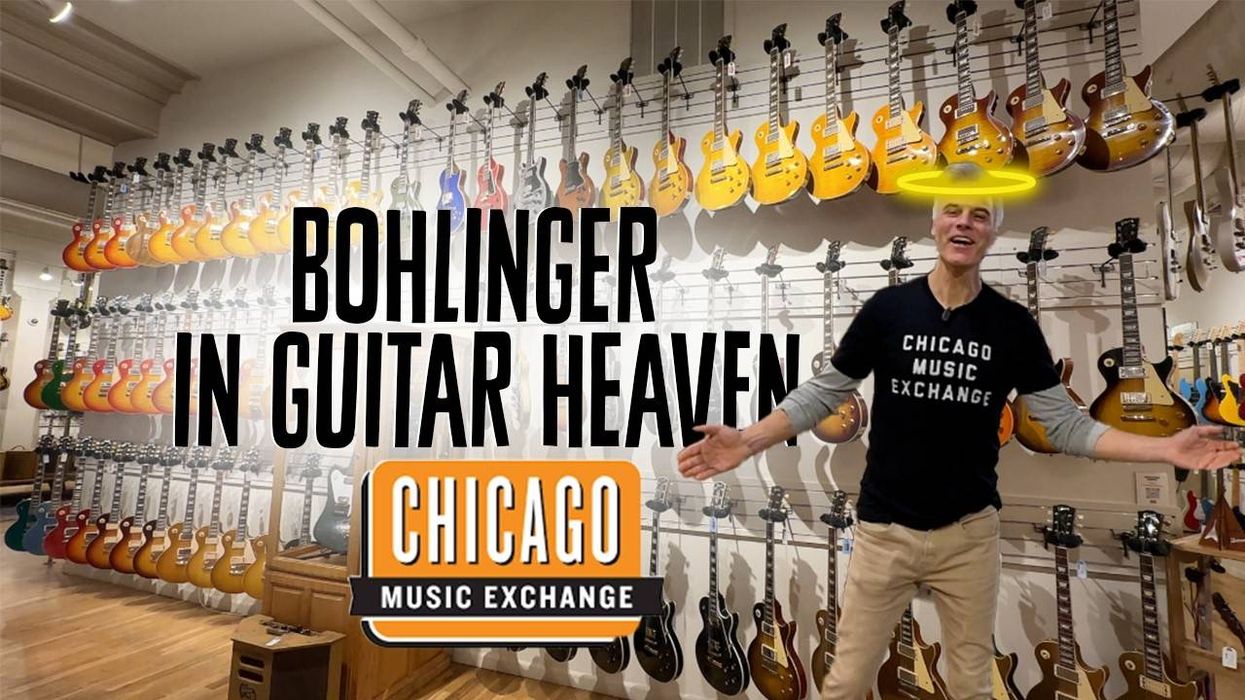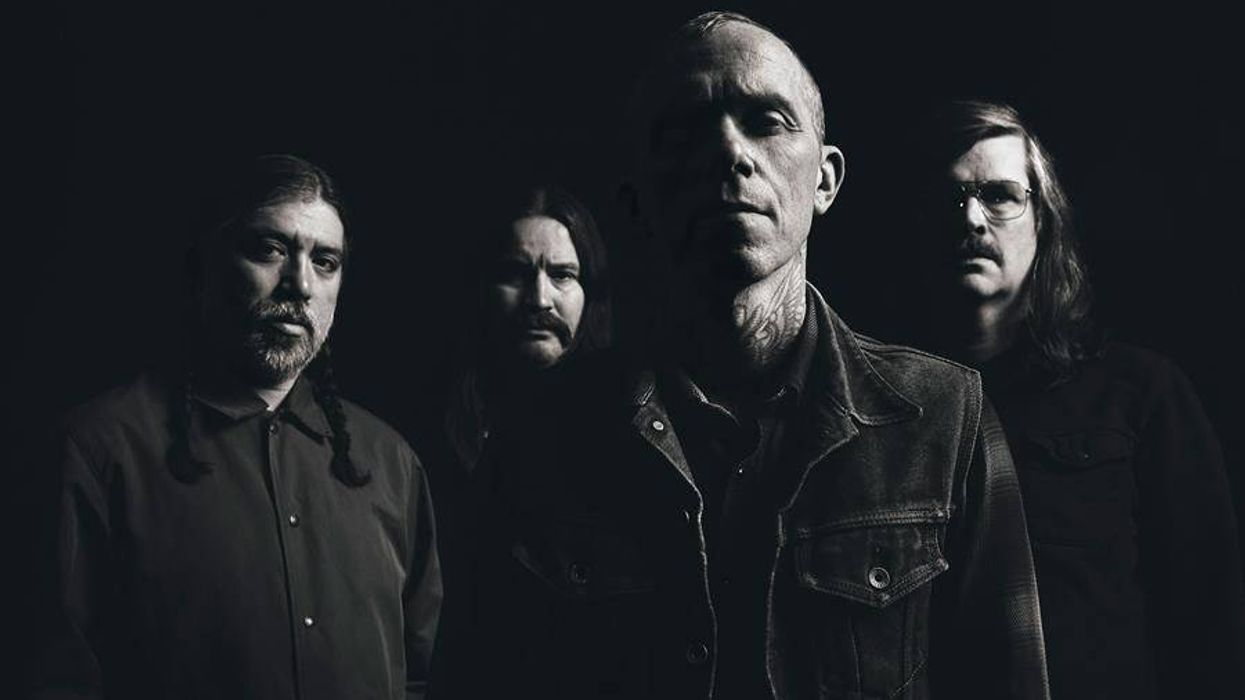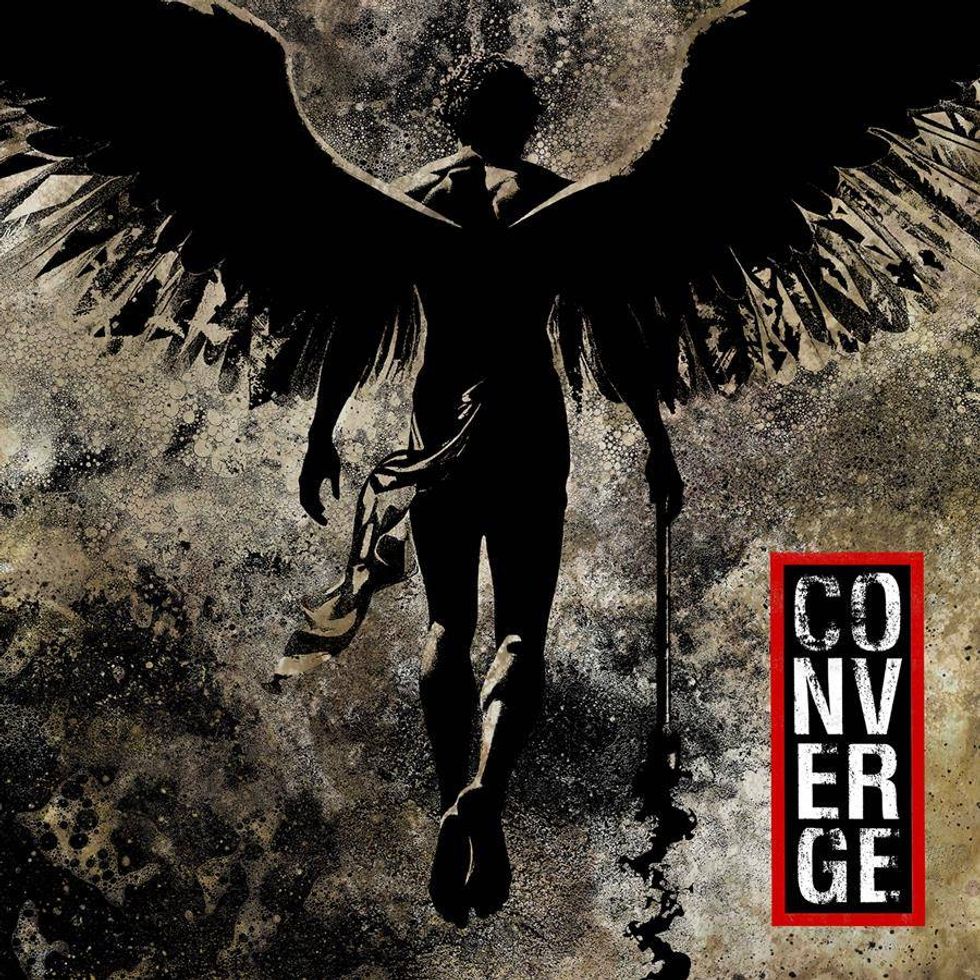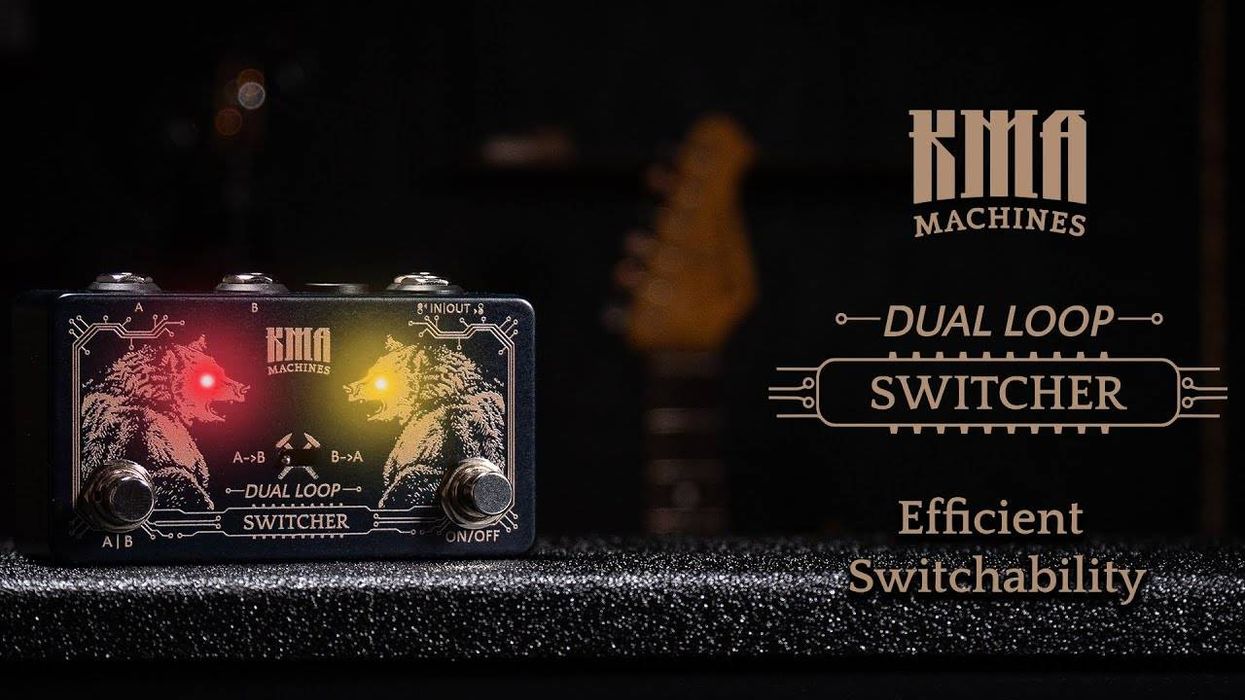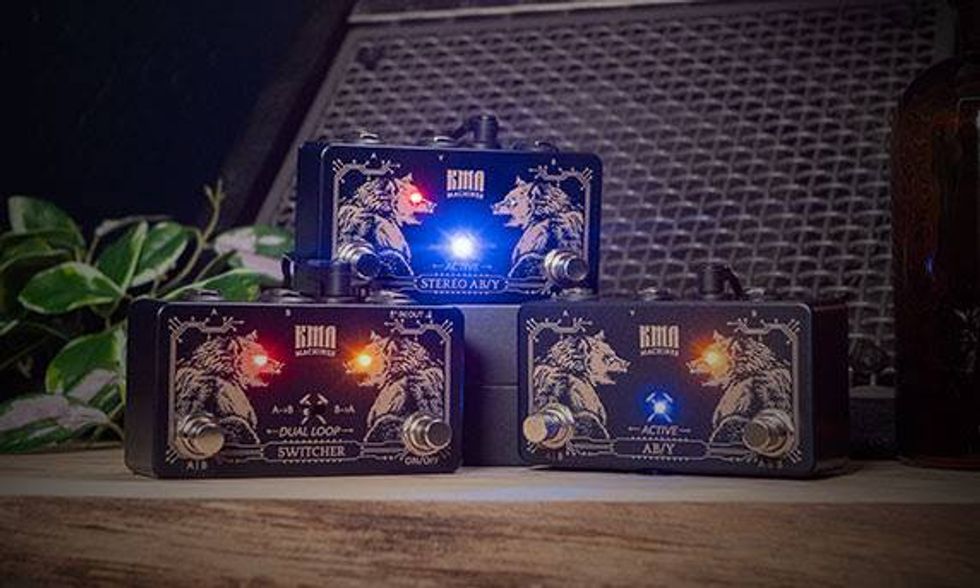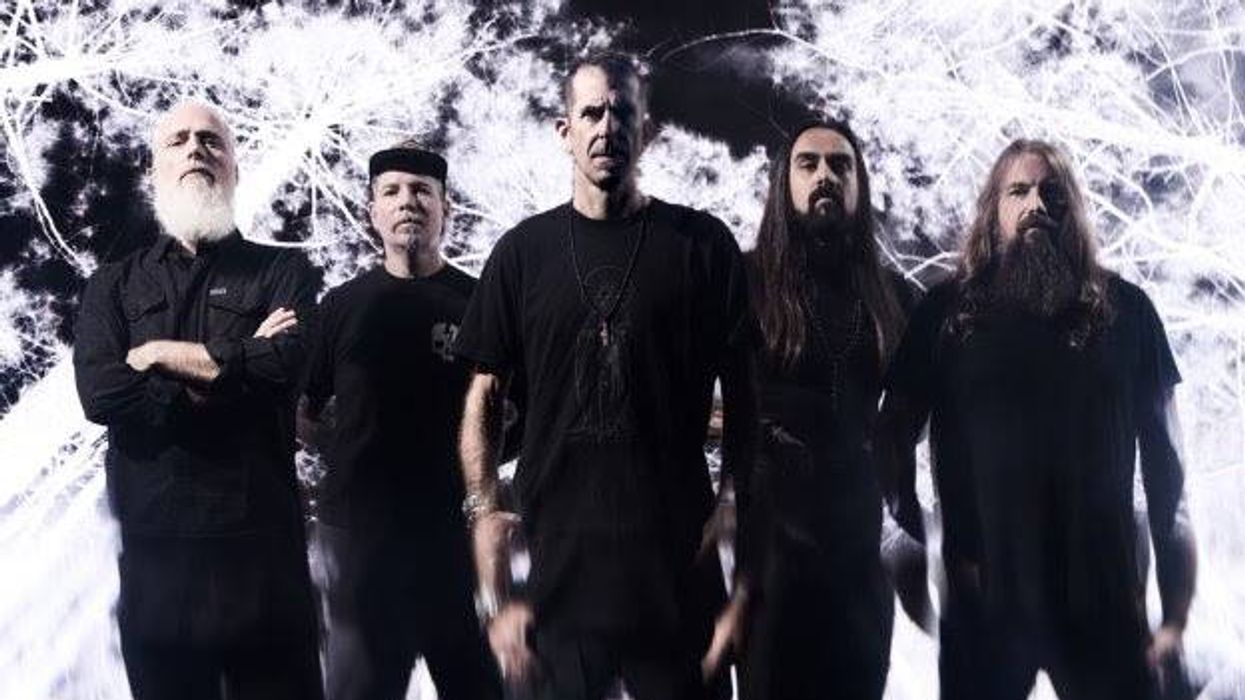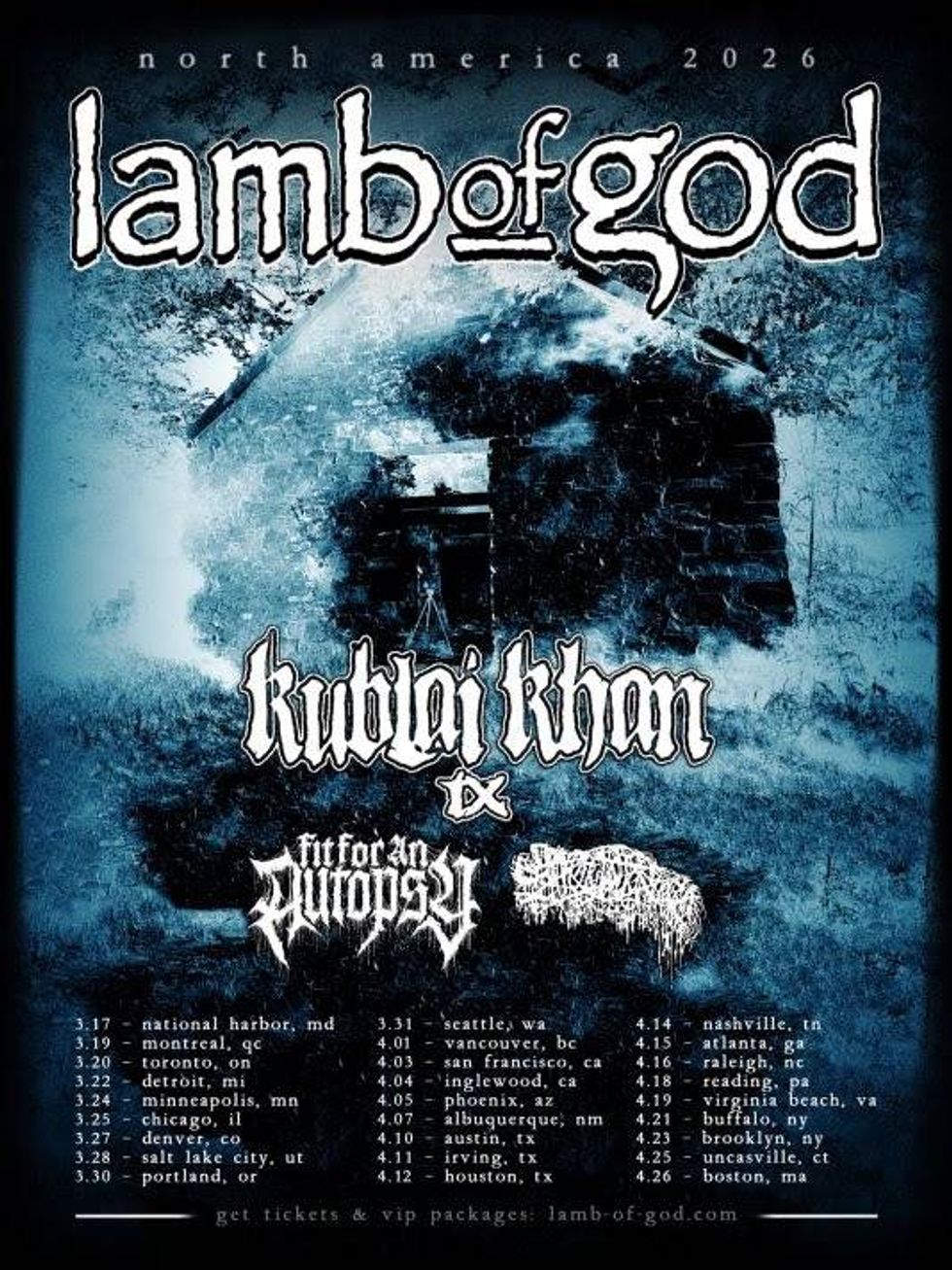Source Audio teams up with the Music Emporium to release this one-of-a-kind pedal.
The legend of Mission of Burma looms large. Early 80s post-punk anthems like "That's When I Reach For My Revolver," "Max Ernst," and "Academy Fight Song" won Mission of Burma a devoted following in America and the U.K., but it was the period after they parted ways in 1983 that their popularity really started to grow. Many legendary bands cite Burma as major influence including, R.E.M., Sonic Youth, The Pixies, Foo Fighters and The Replacements. Clearly this band from Boston had made its mark.
Source Audio has been friends with Roger Clark Miller, Mission of Burma's guitarist, for a number of years now. He originally became interested in Source Audio because he needed a tremolo that could capture the sound of a special one-of-a-kind pedal made specifically for him back in the early 80s. The pedal, which came to be known as the "Vacu-Trem," was custom made by Lou Giordano, an MIT educated electrical engineer and record producer at Fort Apache Studios in Boston, Massachusetts. The Vacu-Trem featured a hard chopping wave shape with a tremolo speed well beyond that of standard amplifier tremolos. Roger said, "until I was introduced to the Vertigo, I had not been able to recreate that sound in any other device." They had a great time working side-by-side with Roger to perfectly match the Vacu-Trem sounds in the special edition Vertigo.
The limited-edition Mission of Burma Tremolo is available for $249 exclusively at The Music Emporium. "We couldn’t be more excited to be a part of this home-town project," said Eliot Hunt of the Music Emporium "For us, it really captures what makes Boston’s music community amazing - a strong DIY ethos, innovative music & ideas, and a collaborative spirit. To have that embodied in such a unique, beautiful sounding (& looking) pedal…what’s cooler or more inspiring than that?"
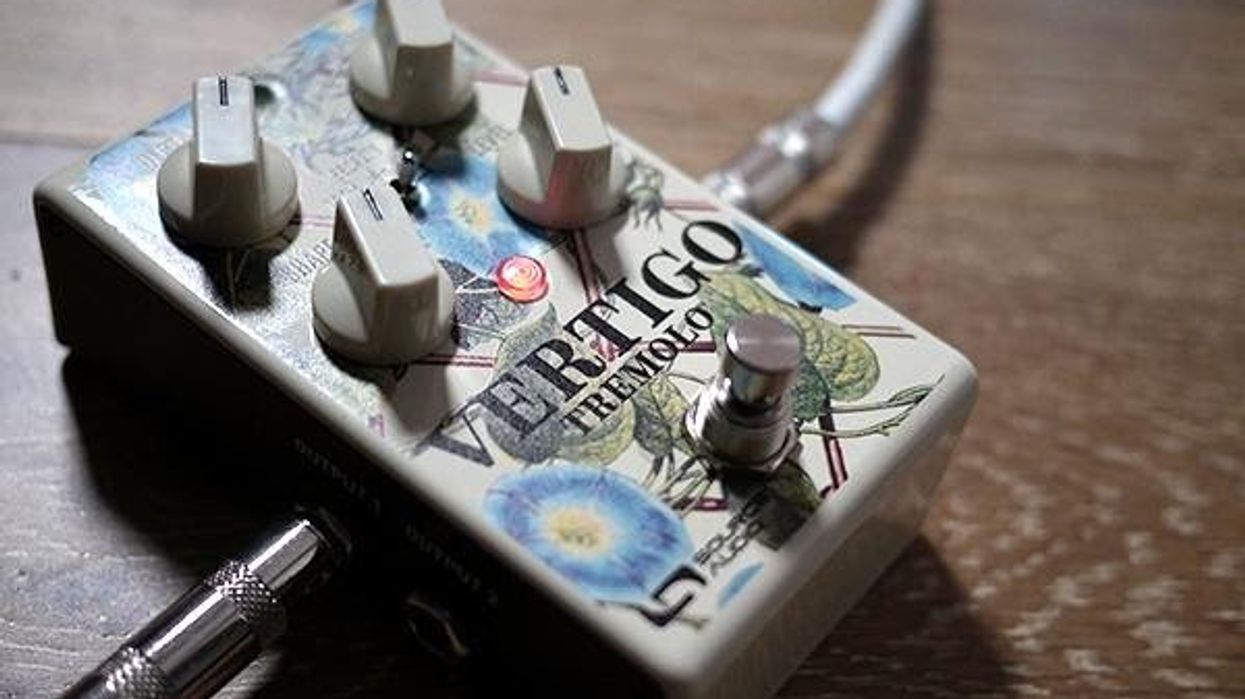
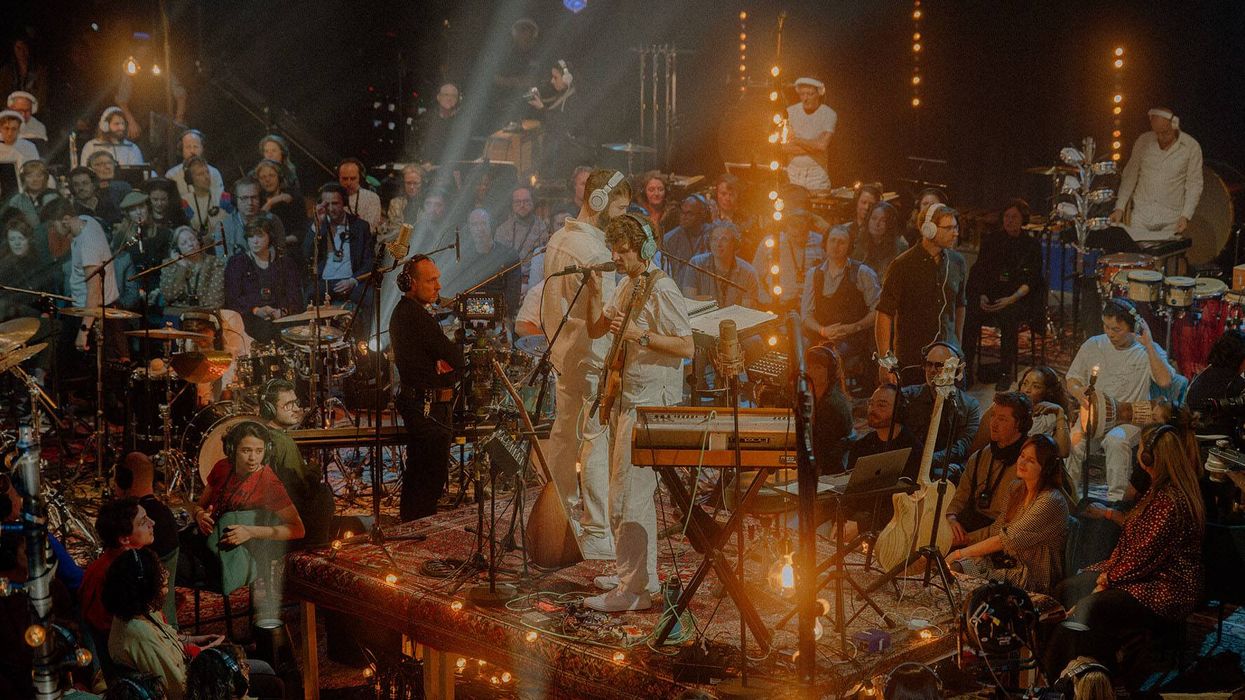
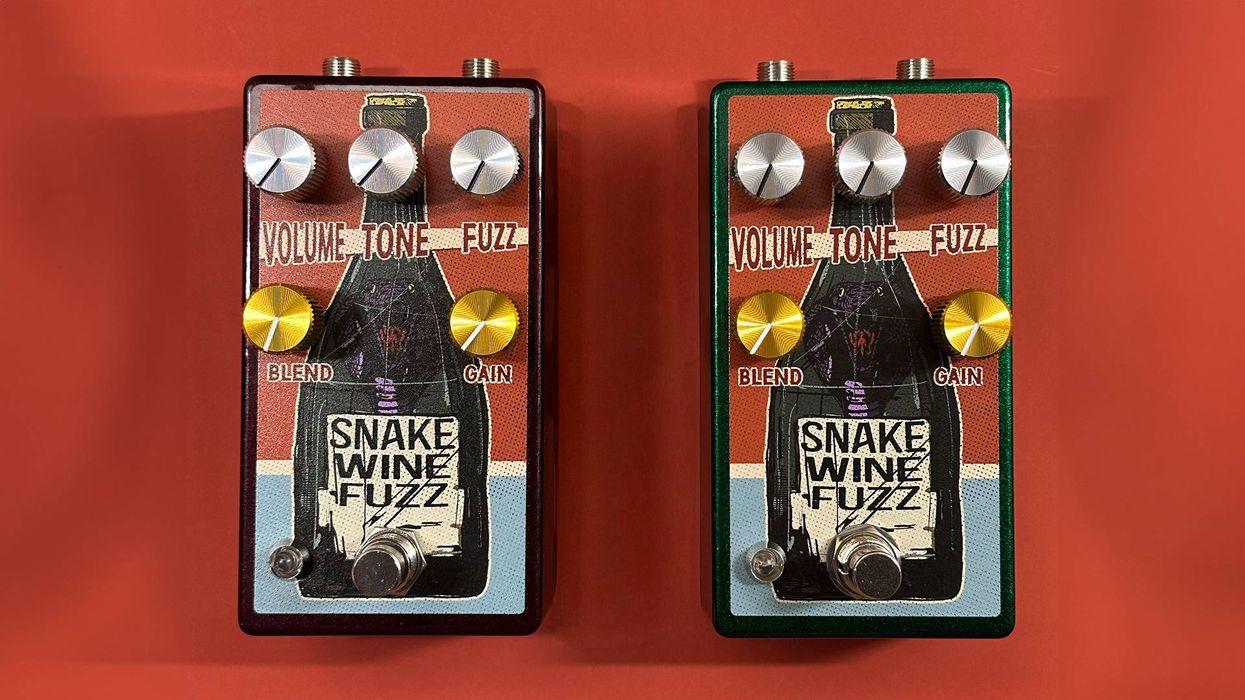
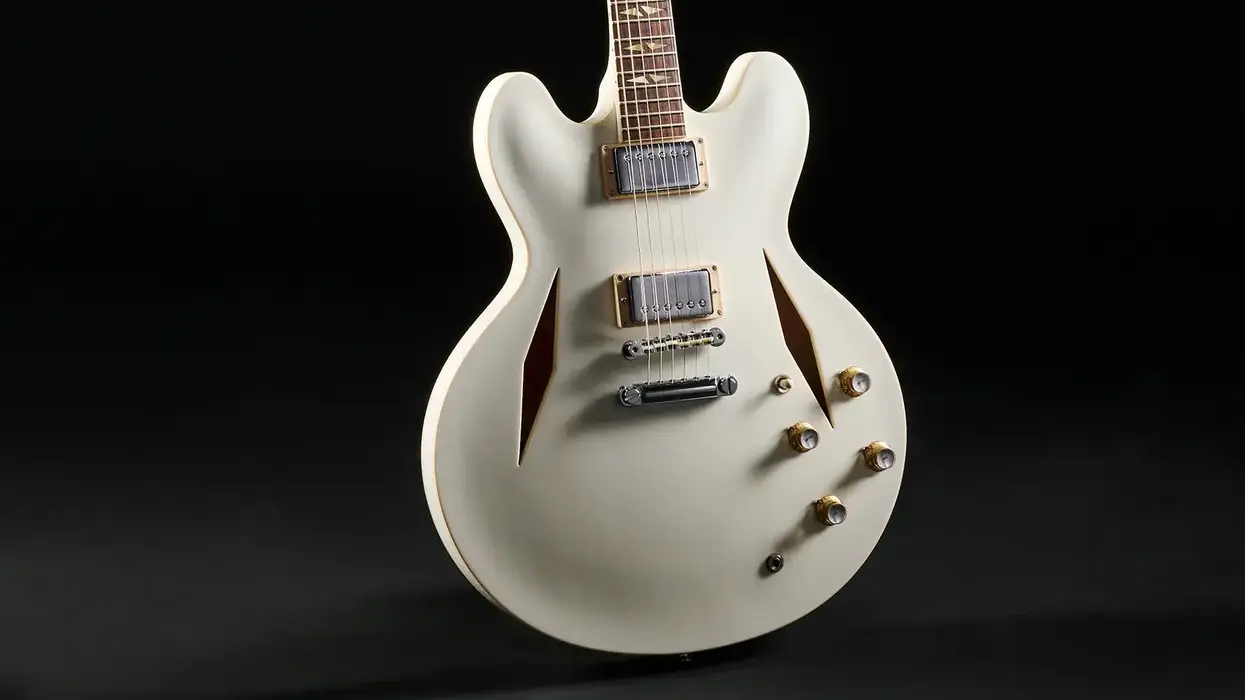
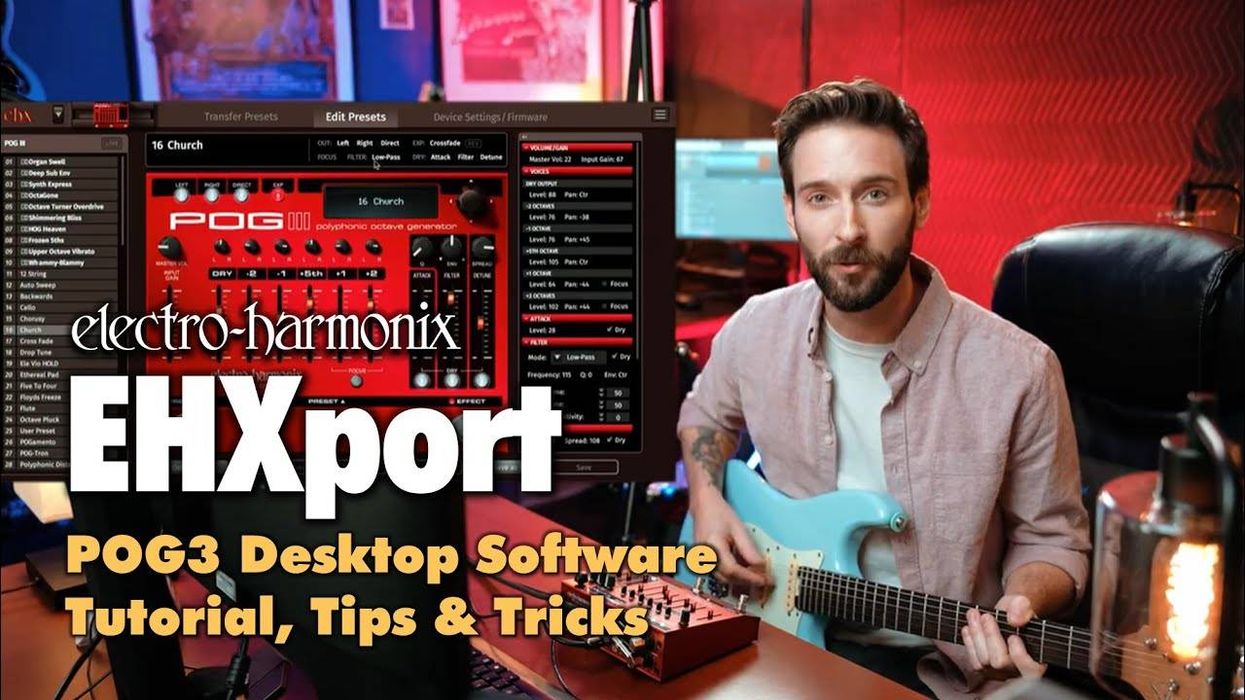
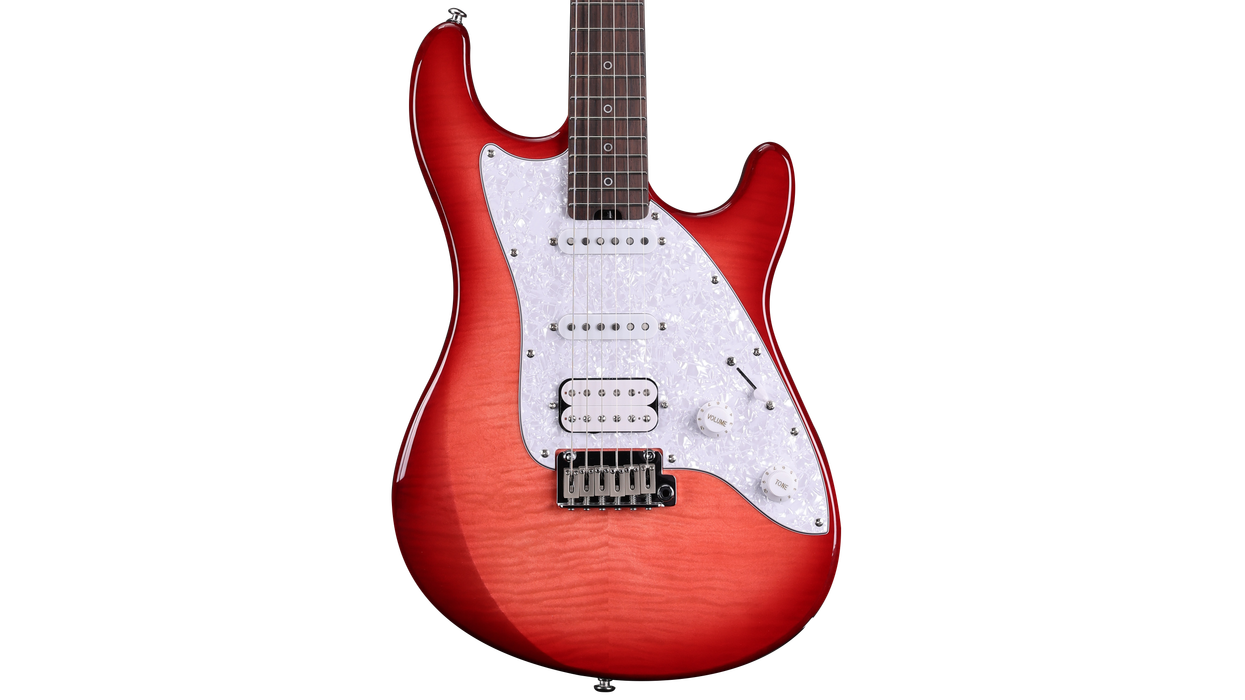
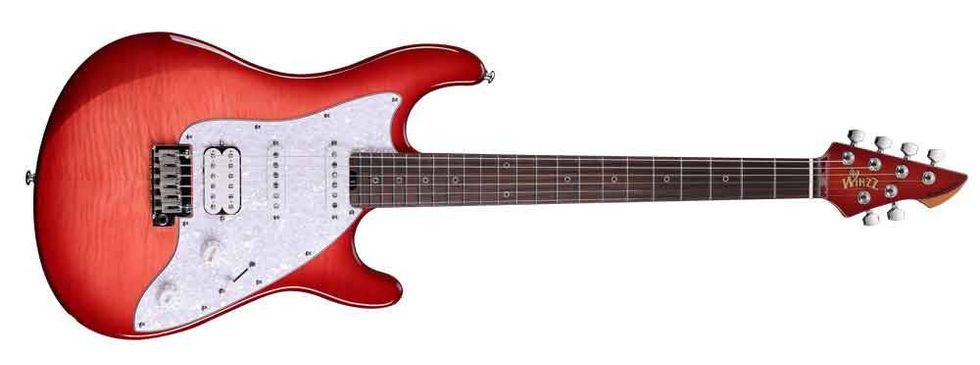

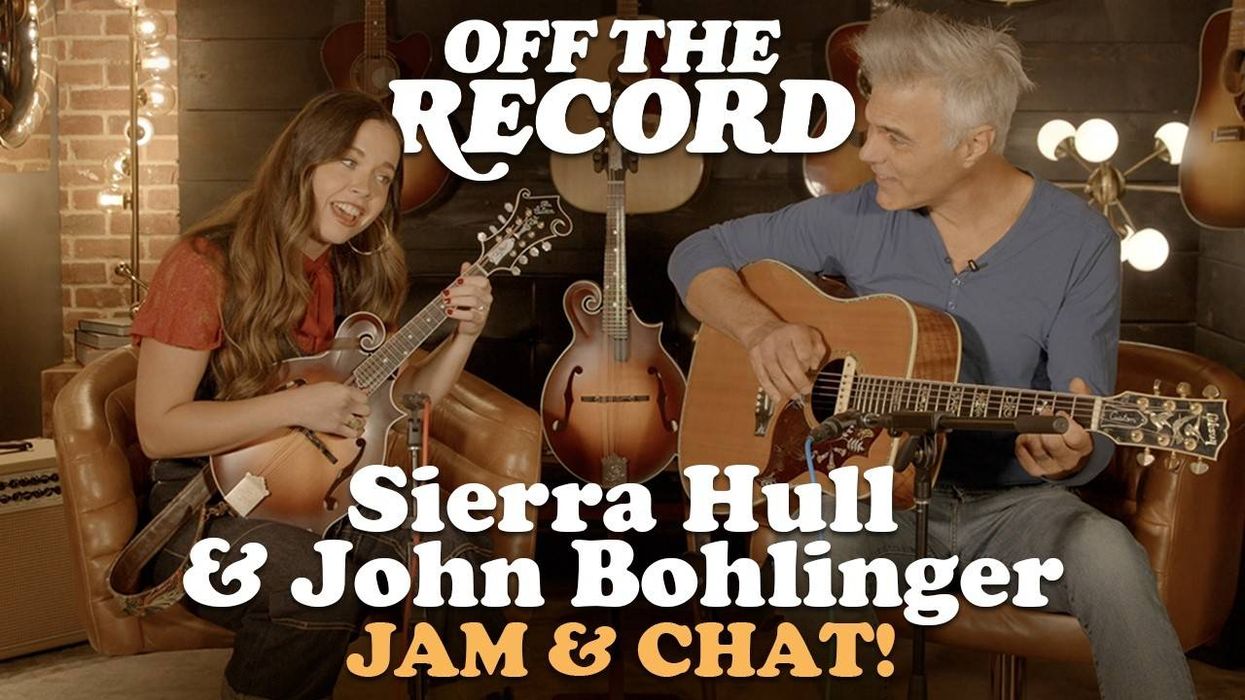


![Devon Eisenbarger [Katy Perry] Rig Rundown](https://www.premierguitar.com/media-library/youtube.jpg?id=61774583&width=1245&height=700&quality=70&coordinates=0%2C0%2C0%2C0)
